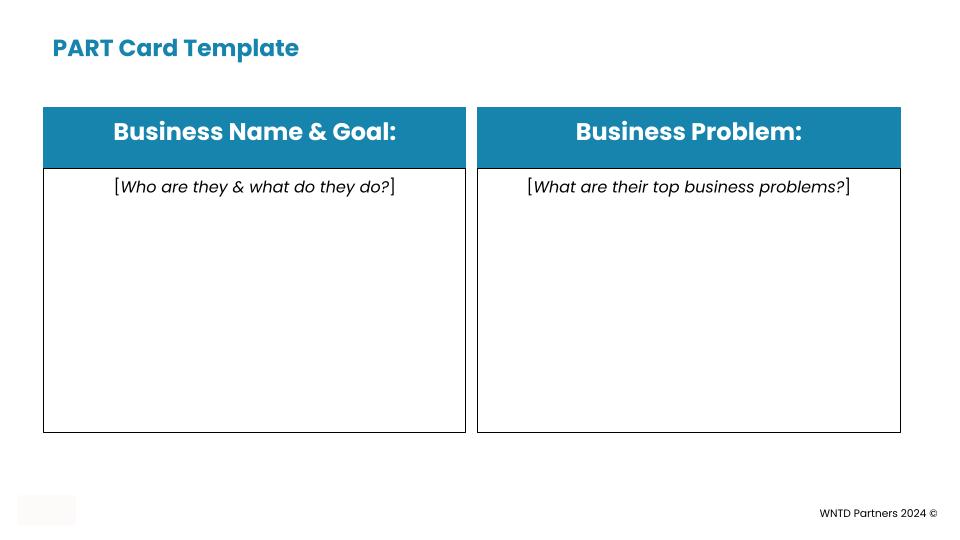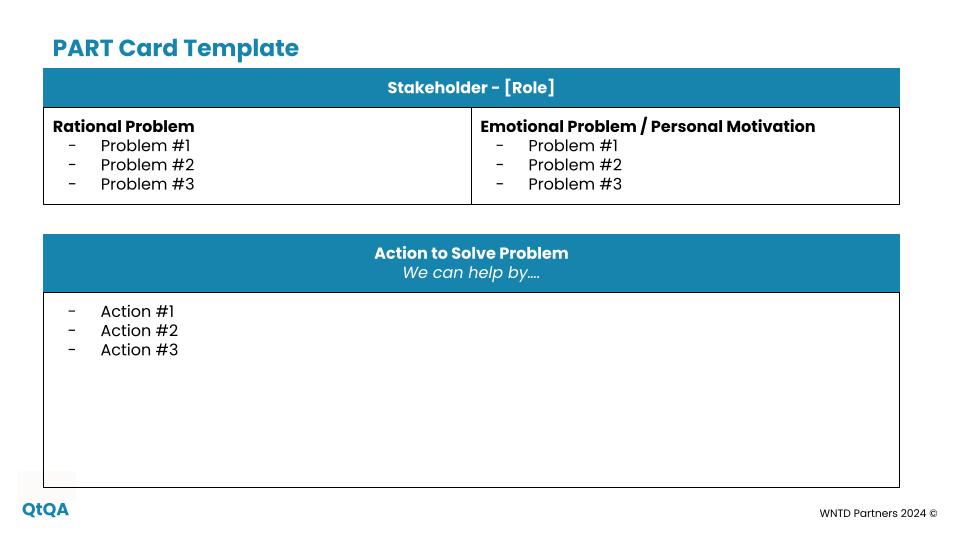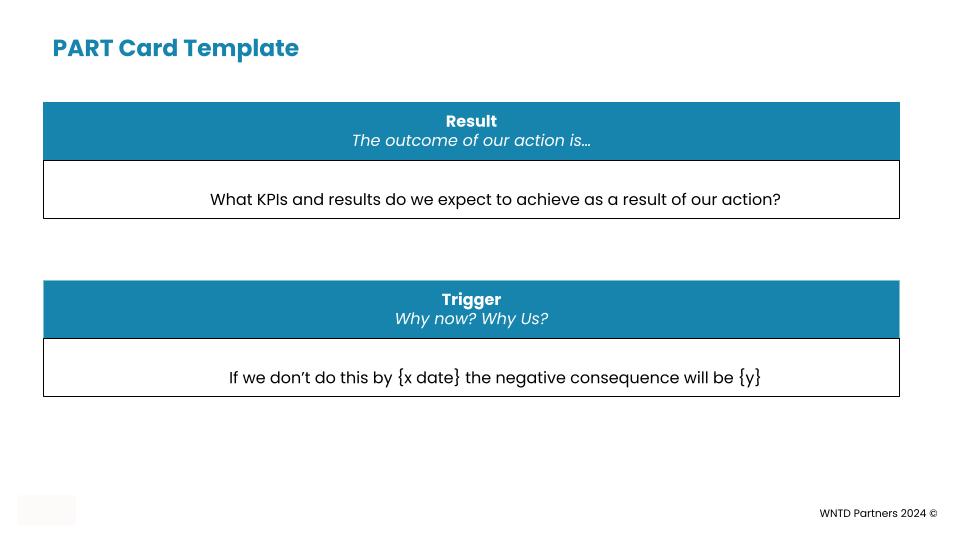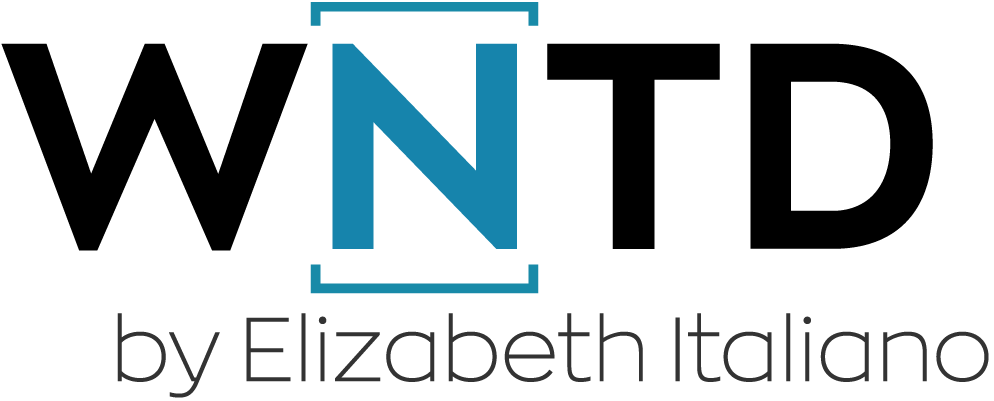Personalization in Sales and Customer Success: The Key to Effective Engagement and Messaging
In today’s competitive sales environment, personalization has become more than a buzzword—it’s a necessity. Buyers and decision-makers expect tailored interactions that speak to their specific needs and problems. However, many Account Executives (AEs) and Customer Success Managers (CSMs) struggle to turn the wealth of information gathered during research into actionable, personalized insights. This article will walk you through recommended frameworks and strategies that can help you personalize your outreach, from using an Engagement Logic Map and PART cards to understanding the CFO persona and leveraging modern communication channels effectively.
Engagement Logic Map: Organizing Research for Effective Messaging
Many sales professionals have found themselves lost in a sea of account research, unsure how to use the information they’ve gathered to drive meaningful conversations. This is where the Engagement Logic Map comes into play. It’s a framework that helps organize data into actionable insights and enables AEs and CSMs to create messaging that resonates with prospects and clients.
Components of the Engagement Logic Map
- Macroeconomic Conditions: Identify whether your prospect operates in a strong or weak economy. This influences the tone and urgency of your messaging. For example, a prospect that operates in the Artificial Intelligence space is likely operating under strong macroeconomic conditions, whereas VC-dependent SaaS companies are likely operating under weaker macroeconomic conditions.
- Company Performance: Is the company thriving or struggling? Tailor your hypothesis and initial problem statement based on their financial health.
- Industry Compliance: For companies in regulated industries, compliance is critical. Understanding this allows you to adjust your pitch to address these concerns directly.
- Competitive Landscape: How competitive is the prospect’s market? If the landscape is highly competitive, highlight how your solution provides an edge.
- Customer Health (for existing customers): Are they thriving or at risk? This will inform the strategy you take in client engagements, from renewal talks to upsell opportunities.
By organizing research into these categories, patterns start to emerge. For example, understanding a company’s poor financial performance can help you craft a problem statement that is more aligned with their pain points, such as reducing operational costs. You can also leverage ChatGPT as a support here to help you synthesize and categorize information quickly and provide a roadmap for engagement.
PART Card: Personalizing at the Stakeholder Level
But synthesizing your account research is only the first step. Using the Engagement Logic map, we can pick out patterns, key themes and build a hypothesis that can inform our messaging. We also have to ensure the messaging resonates with key personas and stakeholders. This is where the PART framework and PART cards come into play.
The PART Framework (Problem, Action, Result, Trigger) is a methodology that can help you break down engagement into a specific problem statement you can help resolve. Once you’ve completed your account research, PART helps you personalize your outreach at a deeper, stakeholder-specific level.
Using PART Cards for Stakeholders
With the PART card, you can target specific personas within a company. Let’s break it down:
- Problem: Identify both the rational and emotional problems a stakeholder is facing. For instance, the rational problem for a VP of Sales could be missing revenue targets, while the emotional problem could be fear of job loss if these targets aren’t met.
- Action: Determine what needs to be done to solve the problem. This might include implementing a tool that can help track and optimize sales performance, or providing visibility into team performance.
- Result: What outcomes will this action drive? Perhaps it’s a 15% increase in quarterly sales or reducing churn by 20%. Tying results to metrics is essential for gaining stakeholder buy-in.
- Trigger: Why should the stakeholder act now? Is there a board mandate to improve performance by the end of the quarter? Understanding the negative consequences of not making a change by a specified time period is critical for preserving momentum.
By using PART cards (below), you ensure that every outreach touchpoint is relevant to the stakeholder’s specific situation, driving more meaningful and persuasive conversations. As you engage across multiple stakeholders and multi-thread your way across an organization, PART cards also help you tie back individual stakeholders’ problems back to the top business priority. This will help you drive consensus as you build the business case and paint a cohesive picture for the buying or renewal committee.



Tying PART to Messaging: Creating Compelling Outreach
Once you’ve completed the PART cards for your stakeholders, it’s time to craft messaging that reflects the insights you’ve gathered. Personalization doesn’t mean flooding the recipient with all the information at once—it’s about striking the right balance between relevance and brevity.
Crafting the Message
- Start with the Problem: Your message should begin by addressing the stakeholder’s core problem, both rational and emotional. For example, “I noticed from your recent earnings report that rising operational costs are putting pressure on your profitability.”
- Outline the Action: Immediately follow the problem with a clear action plan. ” These costs can be reduced by optimizing your resource allocation and streamlining operations by using data to optimize capacity planning.”
- Highlight the Result: Next, paint a picture of success. “By implementing capacity planning and leveraging data analysis, you could see a 20% reduction in operating expenses, which would significantly improve your bottom line.”
- Insert the Trigger: Finally, wrap up with the urgency or reason to act now. “With the end of the fiscal year approaching, addressing these cost issues could positively impact your year-end financials.”
By using the PART framework in your messaging, you ensure that each email or call delivers value and moves the conversation forward. Avoid long-winded emails. Keep it brief, clear, and action-oriented, ideally within 100-150 words.
As you’ll see once you start leveraging this framework, key components we uncovered from following our engagement logic map are also present in the above example (ie: highlighting the company’s financial performance). The Engagement Logic Map organizes and synthesizes our research and PART transforms it into messaging we can use.
Two Final Thoughts on Personalization
Before we conclude, there are two additional points worth highlighting, each substantial enough to deserve its own article.
First, in today’s market, profitability has overtaken the “growth at all costs” mentality, making CFOs key players in decision-making for vendor evaluations and purchases. Unlike other executives, CFOs prioritize how a solution will impact their P&L and bottom line, not just generic outcomes like efficiency or time-to-market. For tips on how to tailor your communication to CFOs, check out our article Speaking to CFOs: The Language of Profitability.
Second, personalized messaging is only effective if it reaches its target audience. In the modern sales landscape, multiple communication channels are available. To learn how to use these channels efficiently, explore our article Modern Day Communication Channels.
Conclusion: The Power of Personalization
Personalization in sales is more than using a recipient’s name in an email or briefly mentioning what university they went to (or any other personal, but irrelevant info)—it’s about understanding their specific problems, challenges, and goals, and crafting messaging that speaks directly to these needs. By utilizing tools like the Engagement Logic Map and PART cards, you can organize your research, personalize your outreach, and engage with stakeholders in a meaningful way.
Remember, the key to success is not just personalization but effective personalization. Leverage modern communication channels to deploy your messages in ways that stand out and resonate. By doing so, you’ll not only improve response rates but also build stronger relationships and ultimately close more deals. Now, it’s time to put these strategies into action and start personalizing your outreach for success.
For more on how to personalize your communication for better engagement and other revenue topics, you may enjoy our Quest to Quota Attainment Course. It is broken up into short modules, making it easy to learn and practice new skills in short but effective time blocks each day.
Don’t want to miss out on our revenue generating tips? Sign up for our newsletter here and Subscribe to our YouTube Channel
And finally, if you need hands-on support for your revenue-generation efforts, check out the services we offer.




